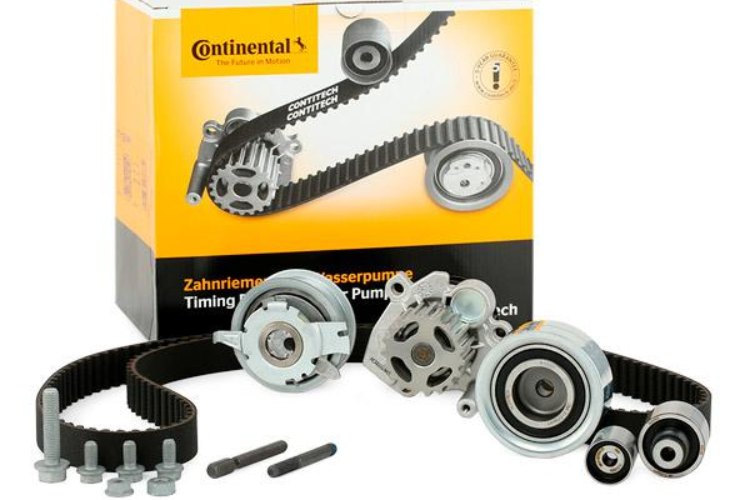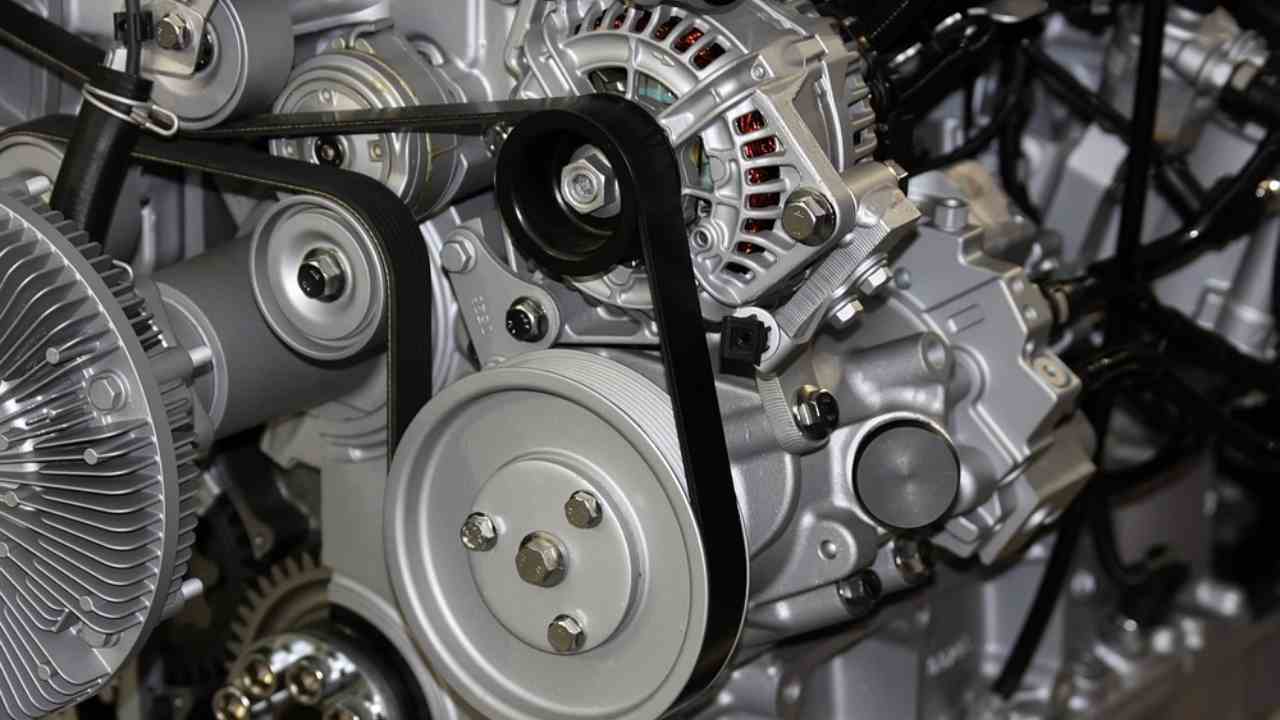One of the mechanical parts that every motorist constantly fears breaking is certainly the timing belt. In fact, this part of our engine is essential for its operation but above all in the event of problems with this component, the price to pay for a possible repair could be very high. For this reason, many motorists always try to change the belt in advance, and car manufacturers recommend this replacement every certain km…
The engines of our cars, especially if we are talking about very recent models, are real jewels from a technical point of view. Indeed this set of bolts, belts, gears and pipes as a whole is responsible for the movement of our car. In fact, if we think about the amount of energy that is generated inside them we should be amazed.
Precisely over the last twenty years and with the new provisions in terms of emissions, the mechanics under our hood have become progressively more efficient and also guarantee a very low release of polluting particles. The set of components that form part of the engine guarantee its correct functioning but some parts are decidedly more important than others.
The timing belt is in fact responsible for transferring the motion generated by the crankshaft to the mechanical parts which instead regulate the opening and closing of the intake valves. There are generally two types but in general we can say that with the new engines the levels of use to which attention must be paid have definitely increased compared to the past…
How often do you change the timing belt?
As we said, this is one of the operations that motorists do in advance. In fact, it is not uncommon that when you find yourself at the mechanic to change the belt, you also opt for the preventive replacement of the entire timing kit so as not to find yourself unprepared in the future.
In the past, the threshold of 100,000 km for changing the belt was considered somewhat approximate, but with the new engines this limit has been raised significantly.

In fact, if we take into consideration 2 very similar FIAT car models, namely the 500 and the Panda, we can see how for the 500 with the 1.2 Fire 8V engine it is advisable to change after 120,000 km while for the Panda with the 1.0 FireFly engine, the same operation at 150,000 km or 10 years of use.
From the mechanic, the cost to carry out this replacement could be around 200 up to a maximum of 600 euros, testifying that it is an essential maintenance operation.


